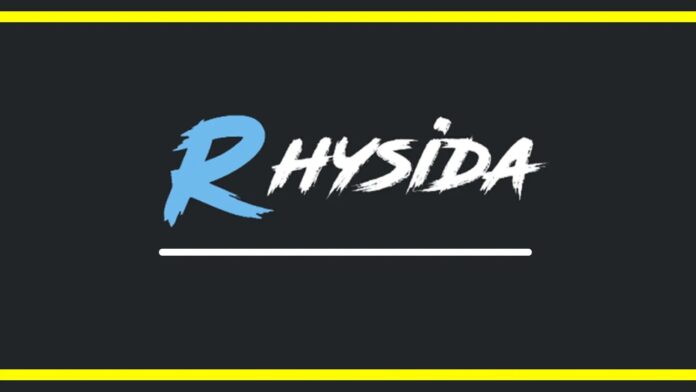[ad_1]
Hackers use ransomware to encrypt victims’ files and demand payment (usually in cryptocurrency) for the decryption key.
This malicious tactic allows them to extort money from the following entities by exploiting vulnerabilities in their digital systems:-
- Individuals
- Businesses
- Organizations
In May 2023, this new ransomware variant appeared for the first time and has been actively targeting several industries across the world.
In recent campaigns, this new ransomware has targeted several organizations from the following sectors, reads FourCore report.
- Government
- Education
- Healthcare
- IT
- Manufacturing
Fortinet has released a comprehensive report on the Rhysida ransomware assaults, which are aimed at Windows machines via VPN devices and RDP.
New Rhysida Ransomware
Rhysida entered Ransomware with a bold strike on the Chilean army, listing over 50 victims. It’s an independent group posing as a cybersecurity team since May 23, highlighting security flaws.
Rhysida excludes encrypting some specific files, and it does its further encryption process with:-
- 4096-bit RSA key
- ChaCha20 algorithm
Besides this, all the encrypted files get a .rhysida extension, which alters the wallpaper and then leaves a PDF document as a ransom note.
The operators of the Rhysida Ransomware hack victims with new exploits or dark web credentials. They use their Rhysida payload or other ransomware like QuantumLocker, and in some cases, using stolen data, they extort without encrypting files.
Rhysida Operators breach via:-
They use phishing and scripts for payloads. Deploying tools like CobaltStrike, they escalate privileges with injections and exploits.
Continuously erasing traces, they spread through RDP, SSH, and tools like PsExec. Leaving Anydesk for access, they exfiltrate data with tools like DataGrabber1 for ransom or sale.
Rhysida operators use standard TTPs, lacking novel techniques. Understanding the entire deployment process is crucial.
[ad_2]
Source link
